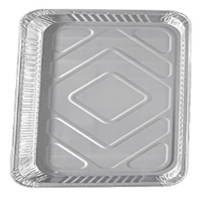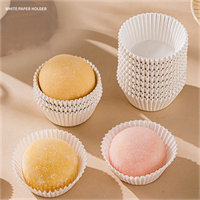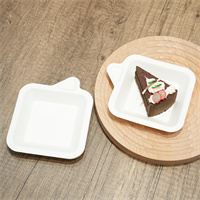In the quest for more sustainable and eco-friendly alternatives to traditional plastic disposables, sugarcane bagasse has emerged as a promising solution. However, like any new technology or material, it has its share of myths and misconceptions. In this blog post, we will debunk the top 5 myths about sugarcane bagasse disposables and provide factual information to help you make informed decisions.
Myth 1: Sugarcane Bagasse Disposables Are Not Truly Biodegradable
Debunked: One of the most common myths is that sugarcane bagasse disposables are not genuinely biodegradable. In reality, sugarcane bagasse is a natural byproduct of sugarcane processing and is fully biodegradable. Unlike traditional plastics, which can take hundreds of years to decompose, sugarcane bagasse products break down within a few months under composting conditions. This makes them an excellent choice for reducing landfill waste and minimizing environmental impact.
Myth 2: They Are Not As Durable As Plastic
Debunked: Another misconception is that sugarcane bagasse disposables are flimsy and not as durable as their plastic counterparts. While it's true that early versions of bagasse products may have had durability issues, advancements in manufacturing techniques have significantly improved their strength and resilience. Modern sugarcane bagasse disposables are sturdy, heat-resistant, and capable of holding both hot and cold foods without compromising their integrity.
Myth 3: They Are More Expensive Than Plastic
Debunked: Cost is often a concern when considering eco-friendly alternatives. While sugarcane bagasse disposables may have been more expensive in the past, increased demand and improved production processes have made them more cost-competitive. When you factor in the environmental benefits and potential savings from waste management and disposal, sugarcane bagasse products can be a more economical choice in the long run.
Myth 4: They Are Not Safe For Food Contact
Debunked: Some people worry that sugarcane bagasse disposables may not be safe for food contact. However, these products are subject to rigorous testing and must meet stringent food safety standards before they can be sold. Sugarcane bagasse is a natural material that does not contain harmful chemicals or toxins, making it a safe and healthy option for food packaging.
Myth 5: They Contribute To Deforestation
Debunked:A common myth is that the production of sugarcane bagasse disposables contributes to deforestation. In fact, sugarcane bagasse is a byproduct of the sugar industry, meaning it is derived from the leftover fibrous material after the juice has been extracted from sugarcane stalks. Utilizing bagasse for disposables helps reduce waste and makes use of a material that would otherwise be discarded or burned, thus contributing to a more sustainable and circular economy.
Conclusion
Sugarcane bagasse disposables offer a sustainable and eco-friendly alternative to traditional plastic products. By debunking these common myths, we hope to provide a clearer understanding of the benefits and potential of sugarcane bagasse. As consumers become more environmentally conscious, the demand for such innovative solutions will continue to grow, paving the way for a greener and more sustainable future.































